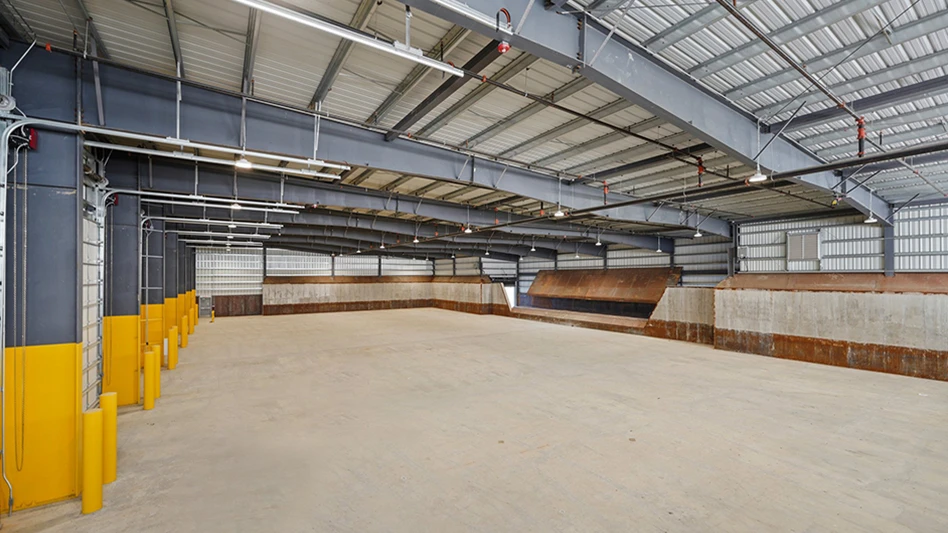
America has a food problem. We buy too much food, we consume too much food, we discard too much food and we discard it in irresponsible ways. Like most issues, our food waste problem has evolved over time. We’ve gone from a country that was built on agriculture to one where our relationship to food is purely transactional. Most people buy what is quick and convenient and then toss what they don’t want in the trash.
This mentality has influenced everything from how food is grown to how waste is processed. Farmers are forced to overproduce food to account for picky shoppers who only want certain kinds of produce that looks aesthetically pleasing, regardless of the taste or quality. Then, when food gets to the store, overly stocked shelves meant to attract shoppers and restrictive sell-by and best-by dates result in more excess waste. For the food that does get purchased, most individuals buy and cook more than they need or will eat, throwing the rest in the trash. The result is that landfills are needlessly getting filled with slow-decomposing organics that give off harmful greenhouse gases in the form of methane.
The statistics are staggering:
- More than 40 percent of the food produced in the United States is never eaten.
- Americans spend $1,500 per year on wasted food.
- Americans waste 915 pounds of food per capita.
- More than 90 percent of food scraps in the United States go to landfill.
While America’s food waste problem is a serious one, it is a correctable issue.
South Korea is a model of what a country can do when reducing and diverting food waste from landfill becomes a priority and not just a feel-good option for citizens. In 2013, a law was instituted that forced residents of Seoul to separate their organics from the rest of their waste. Residents are now required to weigh their food waste before disposal and are charged accordingly. This encourages residents to use what they need and eat what they cook. The result has been a 10 percent reduction in overall food waste, which equates to more than 300 tons a day.
Of the food waste that is produced, South Korea converts a portion to high-grade animal feed and uses some of it to produce biogas to fulfill its energy needs. Since the law was instituted in 2013, South Korea has eliminated much of its food waste from landfill.
Any country, including the United States, can do what South Korea has done. It’s just about finding the motivation to make some simple changes in our day-to-day routines. Who knows, maybe one day in the near future, the food that is currently being sent to landfills in record quantities will instead be donated to feed the hungry or used to compost our fields, power our homes and cars, and provide better nutrition to our livestock.
Talk about an opportunity too good to waste.
Curious to see what a food waste-conscious America would look like? Check out “The next best thing” and “A grassroots movement” features to see how companies both big and small are doing their part to cut out unnecessary food waste from landfills in the United States.Get curated news on YOUR industry.
Enter your email to receive our newsletters.
Explore the April 2018 Issue
Check out more from this issue and find your next story to read.
Latest from Waste Today
- ReMA board to consider changes to residential dual-, single-stream MRF specifications
- Miller Environmental Group Inc. appoints CEO
- DPI acquires Concept Plastics Co.
- Laurel Mountain Capital announces investment in 5280 Waste Solutions
- Cielo investor requests annual meeting
- WIH Resource Group celebrates 20th anniversary
- NWRA: NIOSH cuts a step in the wrong direction
- Valicor Environmental services acquires Affordable Waste Management





